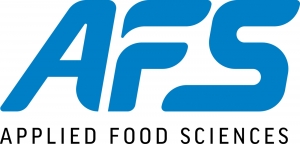Energy drinks are big business. And, despite setbacks in recent years, are still popular among Americans, with projected growth of 52% from 2014-2019, according to data from market research firm, Mintel. In 2015, energy drinks took up 6.2% of the total US soft drink launches, according to Innova Market Insights, and are growing at a faster rate than the global soft drink market. Moreover, Mintel reports that energy drinks grew 56% from 2009 to 2014, recovering from low sales gains in 2013 due to concerns over ingredient safety. In response, organic and healthy ingredients are on the rise in both specialized and market-leading energy drink applications.
Among the popular natural ingredients, green tea extracts, such as Applied Food Sciences’ (AFS) PurTea™ extract, are found in an increasing number of energy drinks, functional or meal-replacement beverages and mixes.
“For the most part the drinks that we see [using green tea extracts], especially in the US market, is the category of energy drinks,” said Lynn Dornblaser, Director of Innovation & Insight at Mintel. “Most of them are smaller companies…[the] one enormous exception is Campbell’s Soup with V8 V-Fusion Energy. They were the ones to push green tea extracts in a big way.”
V8 V-Fusion Energy launched back in 2013, in the midst of the down turn for energy drinks over unsafe ingredients, with a promise of natural energy from green tea. Where that one was a differentiator, applications of green tea extracts are now seen in Monster energy drinks, Steaz and Guru more recently.
The US energy drink market associates green tea extract with one, primary benefit “natural energy.” Some position themselves as meal-replacement beverages, others, like Lipton Sparkling Teas, might position themselves as teas that provide a natural boost.
As the market stands, the line between beverage categories is incredibly blurred, but continues to grow. So, the question remains, where does the consumer stand?
DOWNLOAD TO LEARN MORE













